CLOSE
Spiral steel pipe
Our company focuses on high-quality pipe products, including seamless pipes and spiral pipes, which are widely used in oil, gas, chemical and construction industries. Seamless pipes are favored for their high strength and pressure resistance, while spiral pipes are known for their efficient production and good conveying capabilities.

Related products

Model Inquiry

Phone
+86 15369455556

info@cn-hckj.com

+86 15803375432
Seamless pipe features:
High strength and durability: Seamless design provides stronger tensile strength and is suitable for high pressure environments.
Excellent corrosion resistance: Appropriate coating can be selected according to needs to enhance corrosion resistance.
Precision machining: Advanced manufacturing technology is used to ensure that the pipe size and tolerance meet international standards.
Spiral pipe features:
Good pressure bearing capacity: The spiral structure improves the pressure bearing capacity of the pipe and is suitable for high pressure fluid transportation.
Flexibility: Easy to install and maintain, suitable for a variety of pipeline layouts.
Efficient production: Modern production equipment ensures efficient and stable production capacity.
Product specifications:
Seamless pipe: Provide a variety of outer diameters and thicknesses to meet different application requirements.
Spiral pipe: Wide range of diameters, wall thickness can provide a variety of options according to pressure levels.
Application areas:
Petroleum and gas industry
Chemical manufacturing
Water conservancy projects
Construction industry
After-sales service:
We are committed to providing customers with comprehensive after-sales support to ensure that problems encountered during use can be solved in a timely manner. Professional teams are always available to provide you with technical advice and services.
Product Packaging
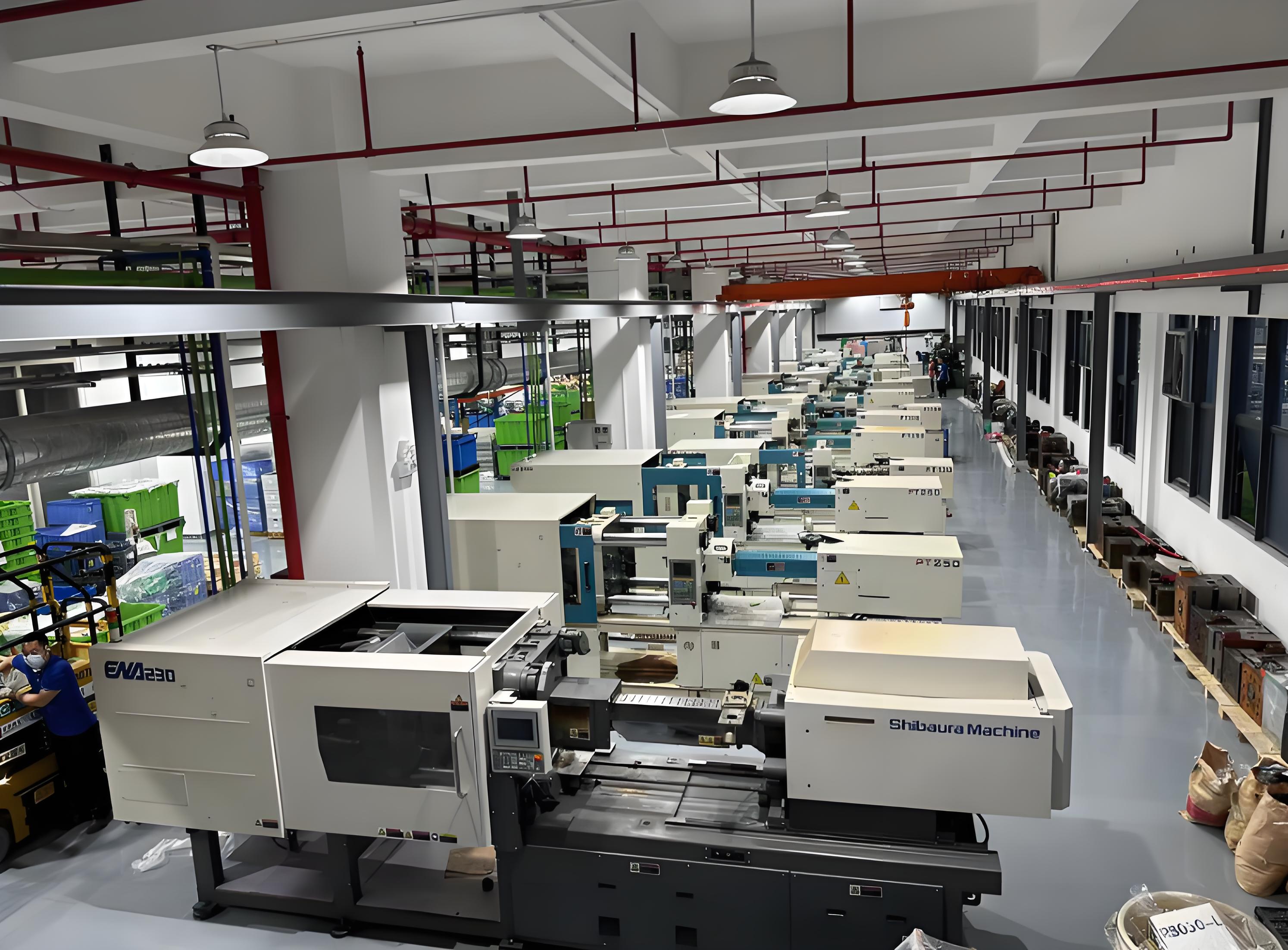

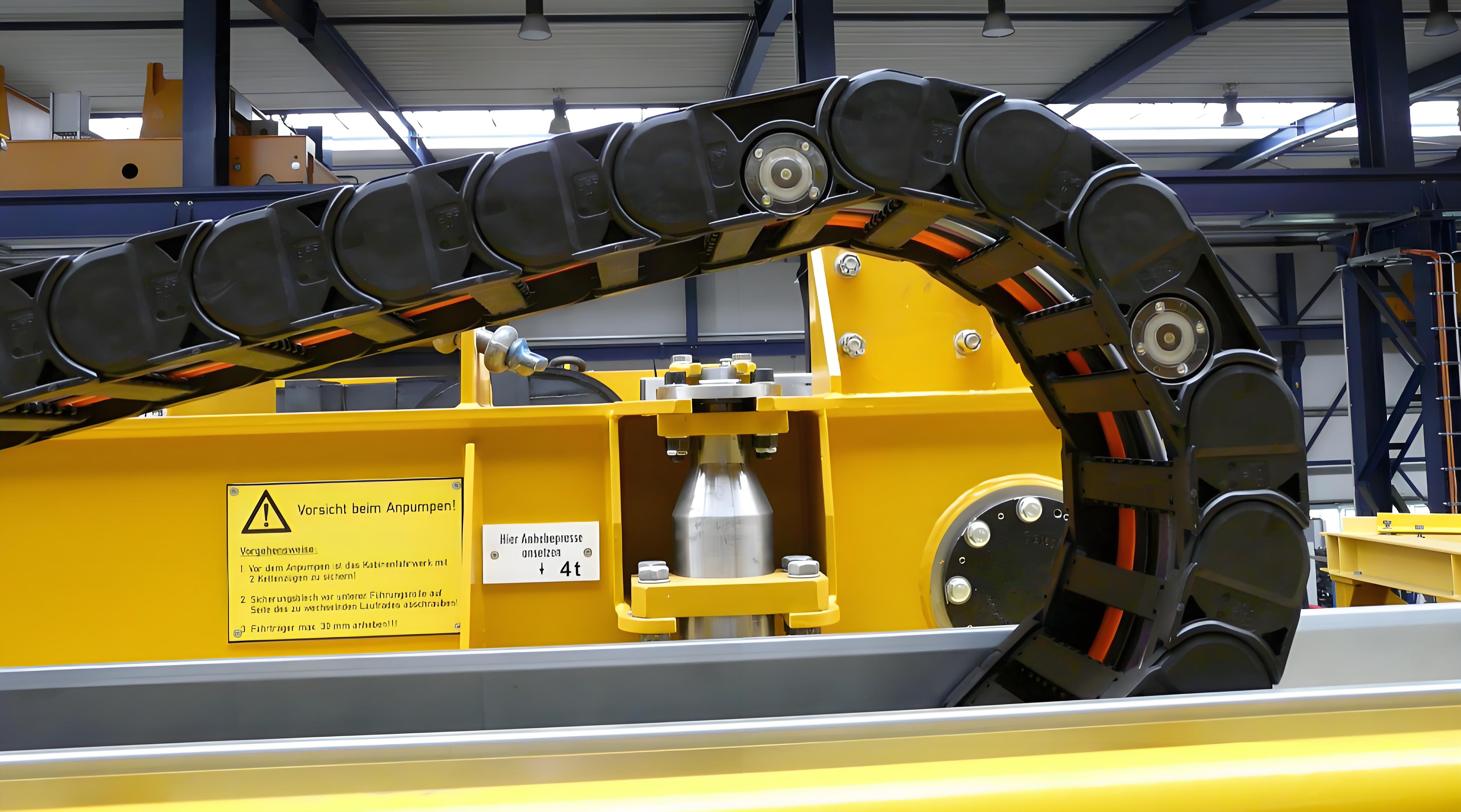
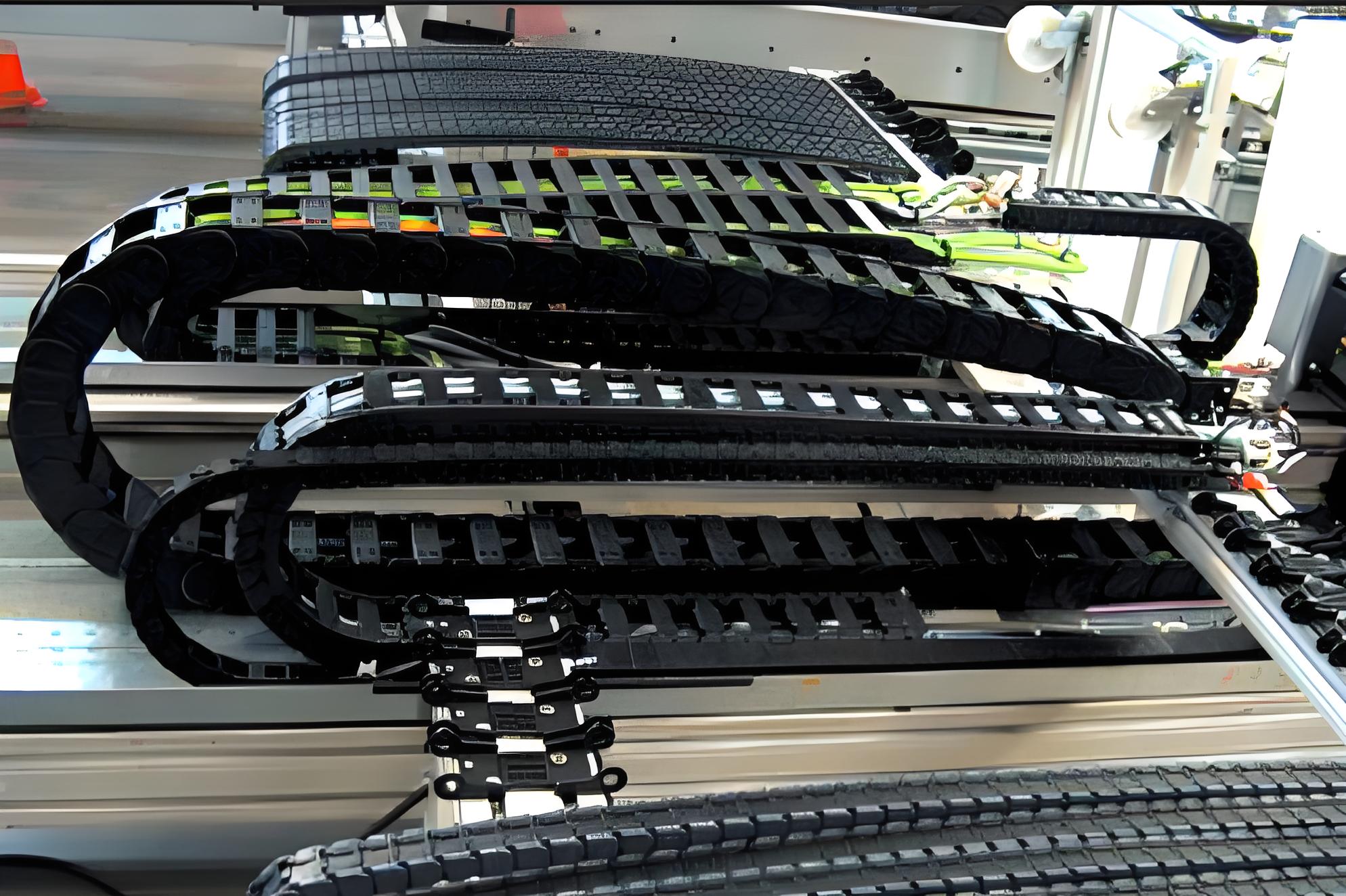
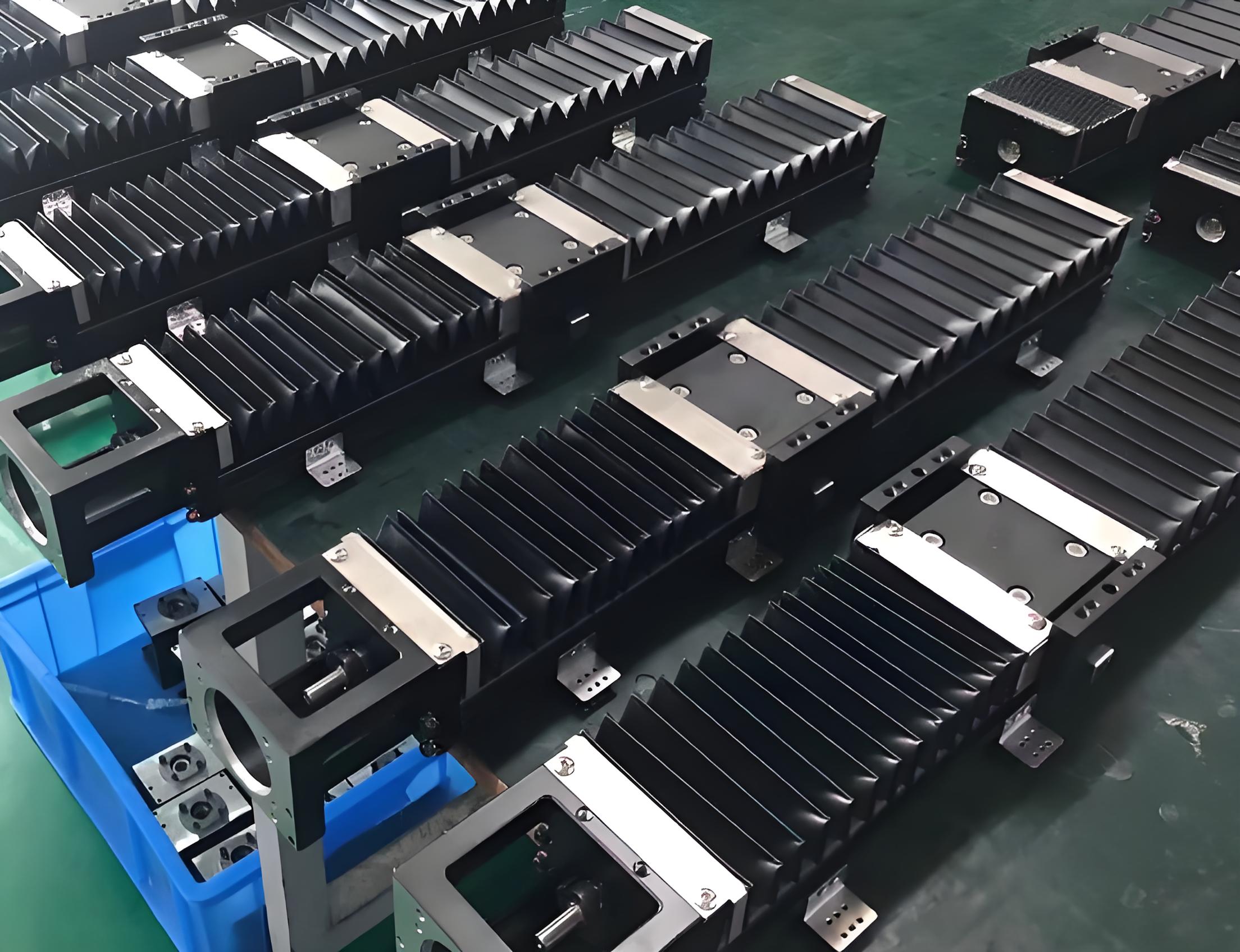
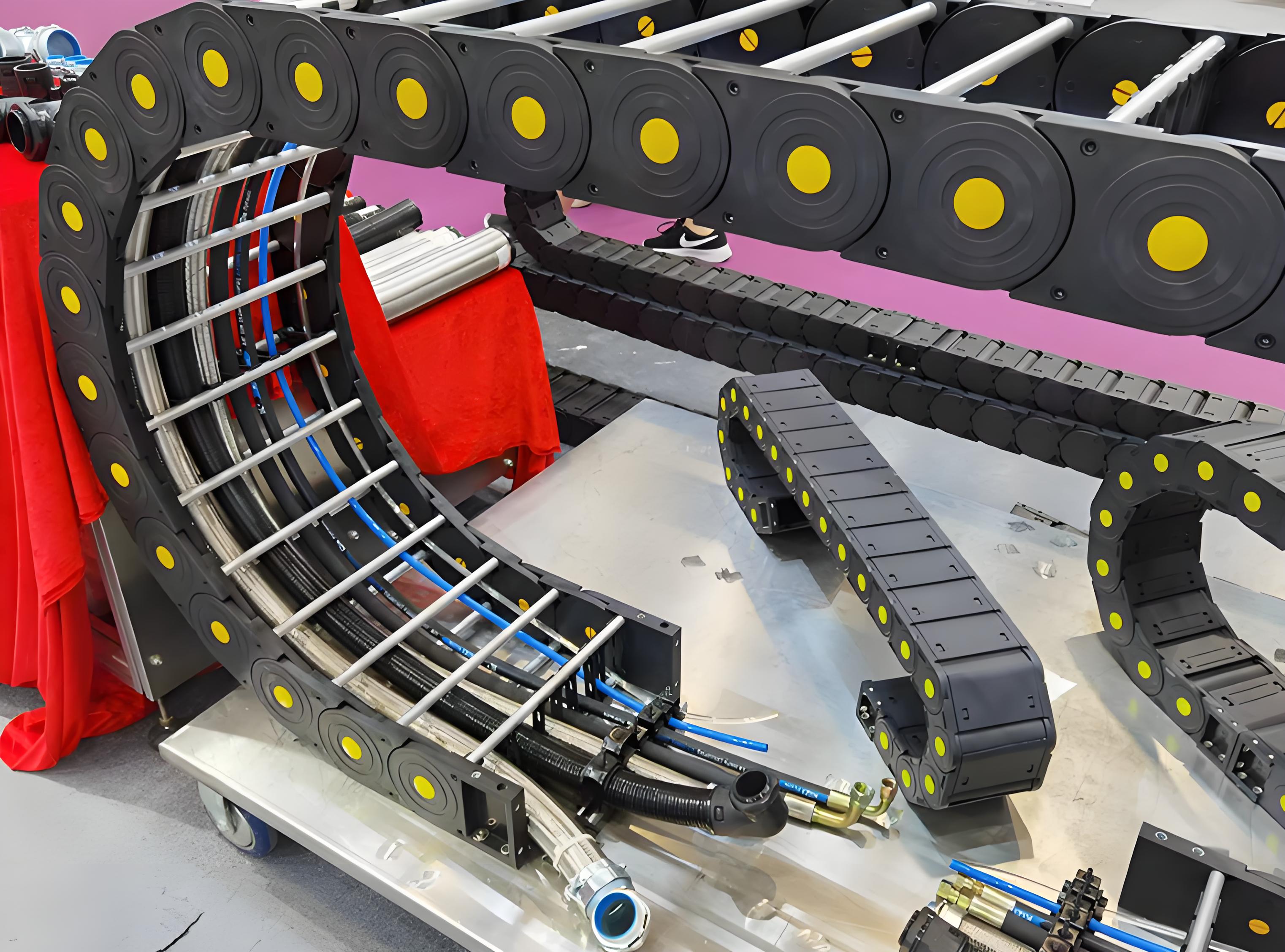
Craftsmanship
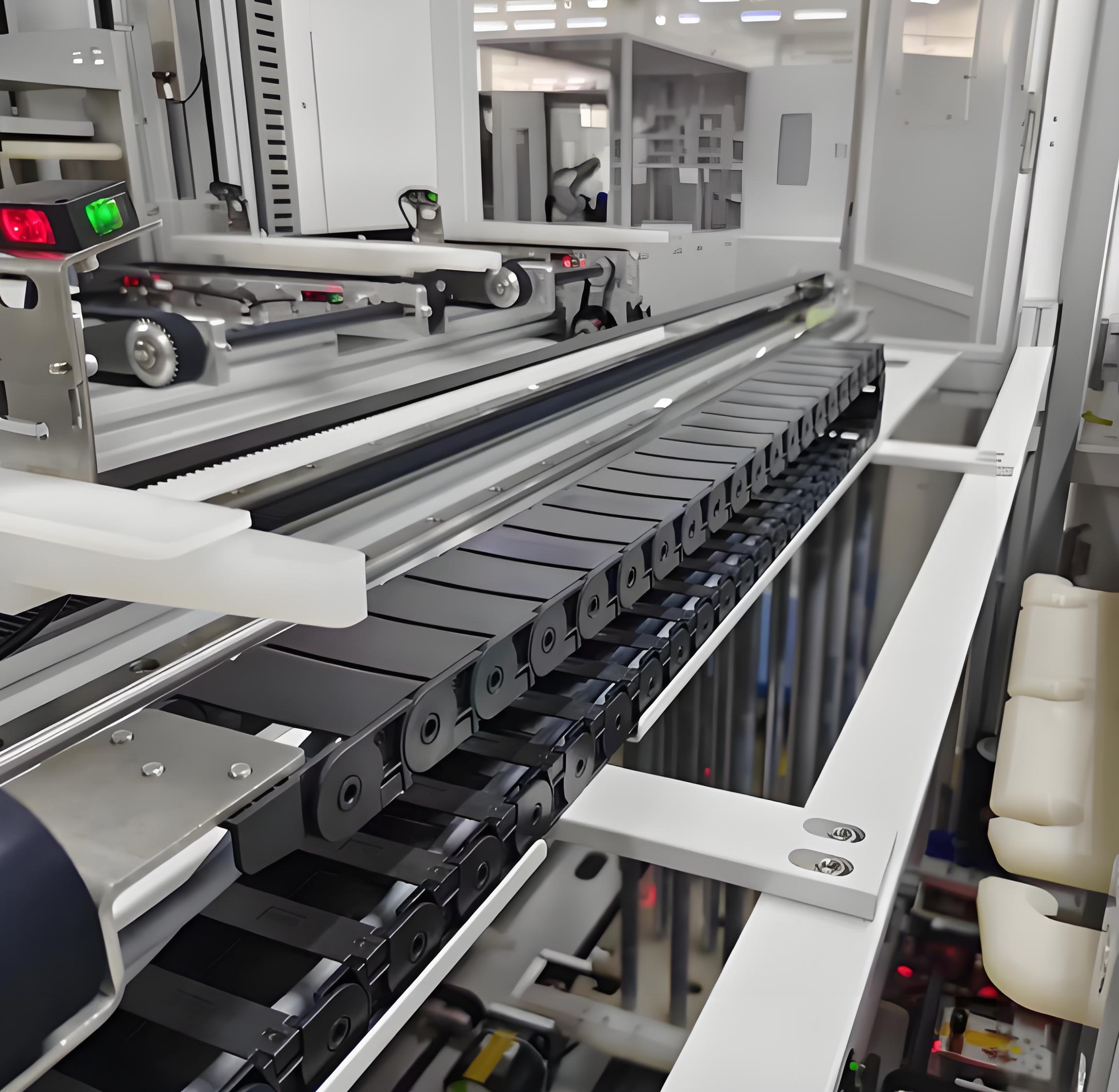
Design Phase
Requirement Analysis: Determine the size, shape, and performance standards of the protective cover based on client needs or equipment requirements.
CAD Design: Use CAD software for detailed design of the protective cover, generating 2D or 3D drawings to ensure precise matching with the machine structure and operating trajectory.
Material Selection
Material Type: Choose materials based on different environmental requirements; common materials include **steel plates, stainless steel, aluminum alloy**, or special fabrics (like heat-resistant fibers, PVC) for flexible covers.
Thickness and Hardness: Select appropriate thickness and hardness based on machine operation strength and environment to ensure sufficient protection without affecting machine operation.
Material Processing
Cutting: Use **laser cutting**, **plasma cutting**, or **CNC shearing machines** to precisely cut steel plates or other materials according to design drawings.
Bending and Shaping: Employ **CNC bending machines** or other machinery for bending to form the required shapes like flat, arc, or cylindrical.
Welding and Assembly
Welding: For hard materials like steel plates, use **TIG welding** or **MIG welding** to join structural parts.
Riveting or Bolt Connection: In some cases, bolts or rivets are used for connections, especially in structures that need to be disassembled later.
Frame Installation: Some covers require internal frames for added strength and support, which will be assembled with the cover shell.
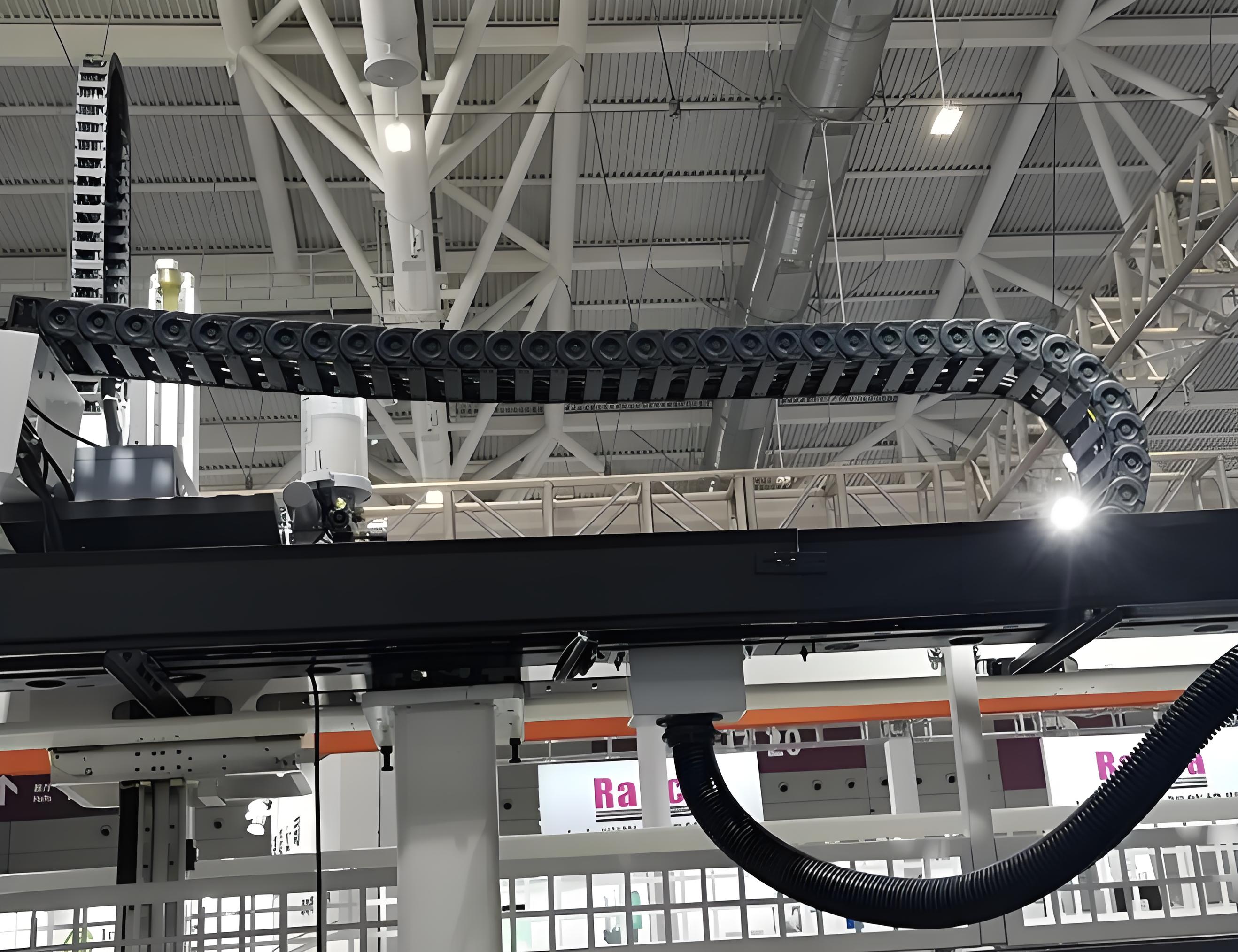
Surface Treatment
Polishing and Grinding: The surface after welding or processing usually requires polishing and grinding to remove burrs and slag, ensuring a smooth finish.
Corrosion Treatment: Depending on the environment, perform **plating**, **painting**, or **powder coating** to enhance corrosion resistance and wear resistance, especially for covers used in humid or corrosive conditions.
Heat Treatment: Some materials undergo **heat treatment** to increase strength and durability.
Quality Inspection
Dimensional Inspection: Precisely measure the dimensions of the protective cover to ensure perfect fit with the machine equipment.
Strength and Durability Testing: Test the load capacity, impact resistance, and wear resistance of the protective cover to ensure it does not deform or damage over long-term use.
Appearance Check: Ensure even surface treatment with no scratches or bubbles.
Installation and Debugging
Pre-assembly: Sometimes trial assembly is conducted in the workshop to ensure good matching of the protective cover's parts with the machine's interfaces and guides.
Installation Debugging: Install the protective cover on the machine and conduct actual operation debugging to ensure it does not interfere with the machine's motion trajectory and effectively protects key components.
Packaging and Shipping
Protection Processing: Finished protective covers are usually packaged to prevent damage during transport; rust-proof oil or protective film may be used as necessary.
Shipping and Installation Guidance: Deliver the finished product to the client's site and provide detailed installation instructions or technical support to ensure correct installation and use.
C
O
N
T
A
C
T
You can contact us through the contact information below, and we will arrange personnel communication in time after receiving your inquiry. You can also click the chat button in the lower right corner to communicate with us online in real time!







